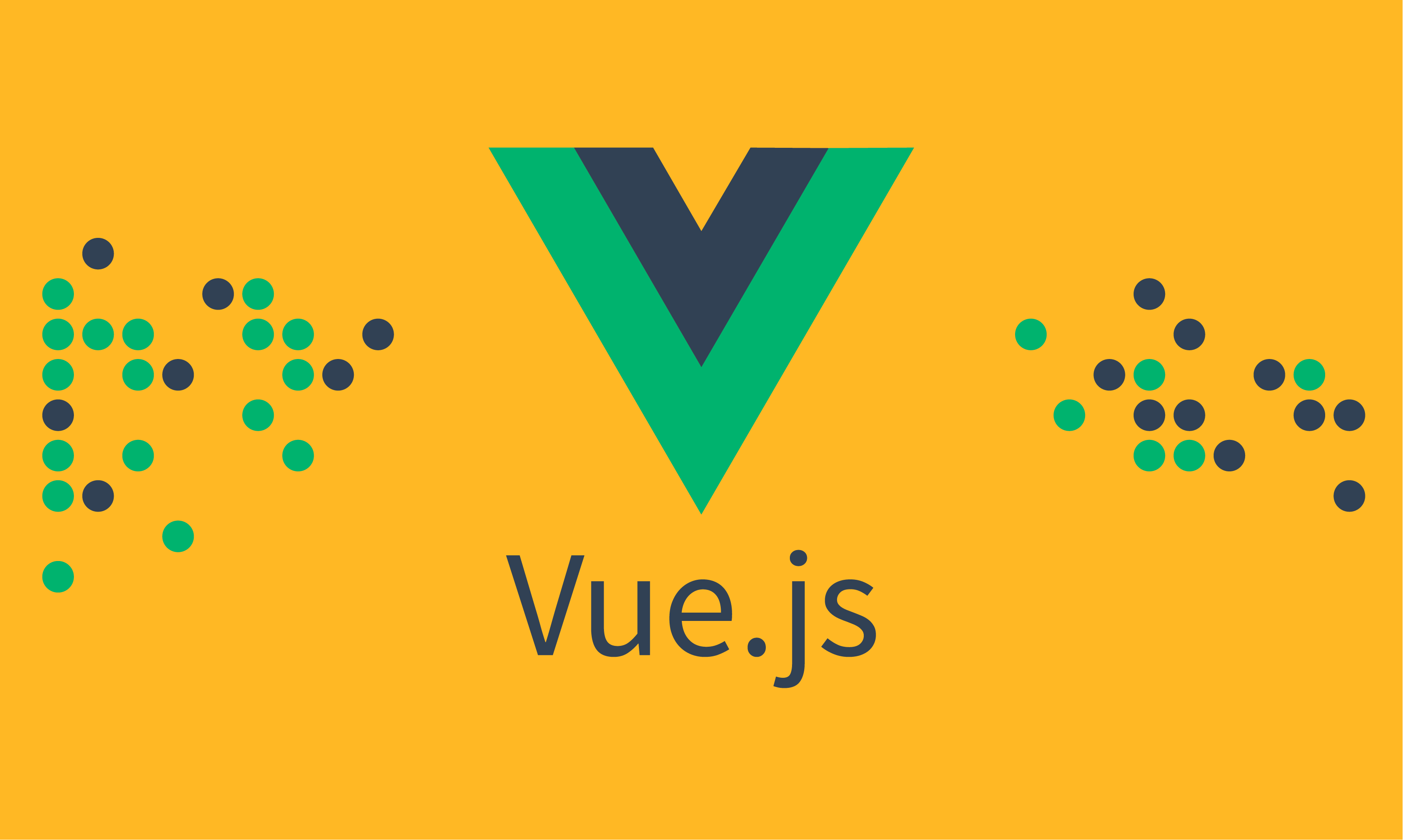What is VUE JS used for?

Today we will take a look at one of the most popular development options – the javascript-based Vue.js framework developed by Evan Yu, which aims to be accessible, versatile and efficient. As part of the material, we will consider its functionality and key parameters, touch on the topic of performance and advantages of the framework. And also how to hire vue js developer and what qualities a developer should have. Everything in order.
Available
Compared to what I’ve tested with other front-end frameworks, Vue.js is known to be very easy to customize. Building a basic application takes a few lines of code, and results appear quickly.
Universal
The versatility of Vue.js comes from the ability to use the framework in various more or less advanced ways. You can use it:
- to create a small widget that fits on the page in several lines,
- as a jQuery plugin for building single page applications,
- create your own components or even create complex routing and PLC applications.
On the rendering side, you can use HTML templates directly in the DOM, declare inline templates, or package your template with its component into a .vue file. In short, Vue.js adapts to your needs.
Effective
Whether it’s a small widget or a multi-page application, there are actually no performance issues. Everything is smooth, rendering is fast, data synchronization is efficient. With competent development, such as that offered by Studio Fireart you can achieve high quality indicators of the final product. The frontend is at a high level, and users are more loyal to the resource.
Comparison with other frameworks
Vue.js: JavaScript framework is faster than React
Consider VueJS for Your Next Web Project
They all agree that this framework is indeed efficient and competitive compared to other solutions. Some even go further and claim that it’s faster than big frameworks like React.
Functions
The core of Vue.js is focused on the presentation layer (vue). For this, it has advanced template functionality based on directives prefixed with v-Angular and its ng: properties. Thus, creating templates becomes simple and fast for both the developer and the integrator. It offers the ability to create your own directives, create components and mixins (sort of like PHP).
Components can be simply declared in a JavaScript file and attached to templates in your HTML, or you can create separate file components as files containing the .vue template, javascript, and CSS of your component.
An event system is available to allow components to interact with each other.
Plugins
Vue.js has plugins to add other functionality to the framework:
- vue-resources allows you to make AJAX requests to the API
- vue-router lets you control the routing of your application
- vue-validator allows you to validate your forms
- vuex is a state manager for Vue.js (Flux / Redux equivalent)
- and many others
Development environment
Vue.js is compatible with WebPack and Browserify. Vue CLI, a command line tool, offers a complete and modern development environment with template generation, preview, live reload, …
Conclusion
Finally, I would like to point out its versatility and flexibility, which are the biggest advantages of Vue.js. While it has everything you need to develop a SPA or a complex front-end, it is also very easy to create a small component. This is why some experts recommend adding a little dynamism to the backend application as well as developing a front-end application. These benefits also provide a smoother learning curve compared to a more complex structure.



